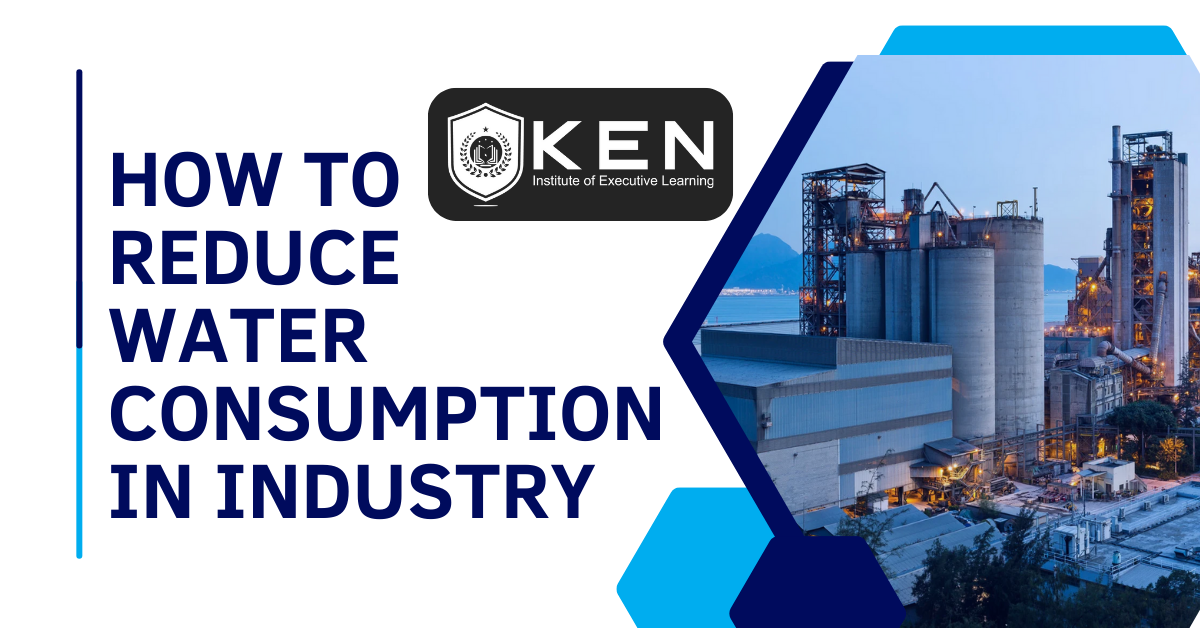As one of the world’s leading producers of natural gas and oil, Qatar must manage its resources responsibly to protect its environment and meet international sustainability standards. Environmental training in Qatar is a critical component in ensuring sustainable and compliant operations within oil and gas sector. Environmental training is not just a regulatory requirement; it is a strategic investment in operational sustainability, workforce capability, and corporate responsibility.
Environmental Training Helps Companies:
- Stay compliant and competitive
- Enhance environmental performance
- Protect Qatar’s fragile desert and marine ecosystems
- Support long-term national sustainability goals
- Creating positivity in the whole work environment.
“Employee mental health, effective communication, and training programs are not just buzzwords; instead, they shape the whole core values of an organization. “
Let’s delve deeper:
- Compliance with National and International Regulations
- National Legislation:
Qatar has implemented robust environmental regulations through:
- Ministry of Environment and Climate Change (MECC)
- Law No. 30 of 2002 on environmental protection
- Qatar Petroleum (QP) HSE standards for its subsidiaries and contractors
Environmental Training ensures workers to understand: -Permitting procedures, -Legal waste disposal methods and – Air, water, and soil quality standards.
-
International Standards:
Qatar’s Ministry of Environment and Climate Change enforces strict environmental laws and guidelines, especially for heavy industries like oil and gas.
Qatar’s oil & gas companies operate globally and must adhere to:
- ISO 14001 Environmental Management Systems
- IFC Performance Standards
- OPEC/UN climate agreements
Employees trained in these standards help maintain compliance and avoid penalties or international backlash.
Employees must be trained to understand and follow: – Emission control regulations – Waste management protocols and -Environmental Impact Assessment (EIA) procedures
“Failure to comply can lead to fines, legal action, or operational shutdowns.”
-
Pollution and Environmental Hazard Mitigation
Oil & gas operations pose a risk to: -Marine ecosystems (e.g., offshore drilling), -Air quality (gas flaring, VOC emissions) and- Land degradation (waste pits, chemical spills)

Image Source: dailymail.com
Training Outcomes:
- Workers learn- pollution prevention techniques
- Understand- emergency containment procedures
- Implement- hazardous material handling protocols
- Regular environmental risk assessments are performed
Environmental Hazards
Oil and gas operations involve high-risk activities such as drilling, refining, and transporting hydrocarbons.
Training employees helps: – Prevent spill, leaks, and emissions, -Promote safe waste disposal, – Reduce the ecological footprint of operations.
“Well-informed staff are better equipped to act swiftly during emergencies to minimize environmental damage.”
-
Alignment with Qatar National Vision 2030
The Qatar National Vision 2030 calls for balancing natural resource use with sustainable development. It emphasizes environmental development alongside economic growth.
Environmental training aligns workforce capabilities with this vision by: – Encouraging eco-friendly practices. -Promoting sustainable resource use and by -Preparing for energy transition initiatives

Image Source: researchgate
Environmental training in Qatar supports this by:
- Promoting- green technologies and energy efficiency
- Reducing- carbon footprint through better practices
- Fostering- local and global environmental stewardship
“This creates a workforce ready for the energy transition, including hydrogen and renewable energy projects.”
-
Operational Efficiency & Cost Reduction
Environment Training programs enhance employee development.
Educating employees about the values and the best ways to cultivate a supportive work environment helps in stimulating creativity. Oil and gas industry in Qatar offers training for employees to improve their skills and knowledge in the industry and in the work culture. This affects their performance and commitment to improving the work environment.
Environmental best practices also lead to:- Lower operating costs (through waste minimization) – Reduced energy consumption -Improved equipment lifespan via preventive maintenance.
Example:
A company that trains workers in waste heat recovery can: – Capture flue gases , – Reuse them for internal processes , – Save millions in fuel costs

Image Source: openpr.com
Improving Corporate Image and ESG Ratings
Trained employees:
- Contribute to cleaner operations
- Help the company meet international sustainability standards
- Build trust with stakeholders and the global community
“Environmental awareness boosts a company’s reputation and performance in Environmental, Social, and Governance (ESG) metrics.”
-
Building a Skilled and Responsible Workforce
Environmental training instills: –Proactive problem-solving skills, – Responsibility for environmental impact, -A sense of corporate social responsibility (CSR)
This builds employee loyalty, morale, and enhances organizational culture, making companies more attractive to top talent.
Enhancing Operational Efficiency
Environmental training often leads to: -Reduced resource wastage, – Better energy efficiency, – Cost savings through optimized processes
“Environmentally-conscious operations are often more efficient and less prone to disruptions.”
-
Risk Reduction and Business Continuity
Untrained employees are more likely to: – Cause environmental violations, – Mishandle hazardous waste, – Fail to report early warning signs of environmental failure
Training ensures: – Fast, efficient response to incidents, -Lower downtime due to environmental breaches, – Protection of assets, human health, and ecosystems

Image Source: karam.in
Preparing for Emergencies and Risk Mitigation
Environmental training in Qatar includes response protocols for incidents like: Oil spills, Gas leaks and Chemical exposure
“Training ensures employees can take immediate and effective action, reducing both environmental and financial damage.”
-
Building a Culture of Environmental Responsibility
ESG (Environmental, Social, Governance) and Reputation
“Workplace culture is the pumping heart of an organization.”
Environmental training:
- Helps achieve better ESG scores
- Attracts green investments and sustainability-focused partners
- Strengthens public relations and stakeholder trust
When all levels of staff—from engineers to managers—are trained in environmental principles: – A shared sense of responsibility develops, – Long-term behavioral change is encouraged, – Continuous improvement becomes part of the corporate culture
“In a global market where climate accountability is key, this gives Qatari companies a competitive edge.”
-
Technology Integration and Innovation
Modern environmental training involves: –
- Use of sensors and monitoring tools
- AI for leak detection and emission forecasting
- Simulation tools for spill scenarios
Employees trained in these technologies can: – Improve environmental data accuracy, – Predict and prevent major incidents.
“Modern environmental training Support digital transformation in the oil & gas industry in Qatar.”
-
Certification and Career Advancement
Employees trained and certified in areas such as:
- ISO 14001: Environmental Management
- KEN Environmental Certificate

- Environmental Impact Assessment (EIA)
- Waste Management & Pollution Control
…benefit from better career growth, both within Qatar and internationally.
Training Objective:
To equip oil and gas sector employees with the knowledge, skills, and attitudes necessary to ensure environmentally responsible operations in compliance with Qatari regulations and international standards.
Environmental Training Module
| Module | Topic | Learning Outcome
|
| 1 | Introduction to Environmental Awareness | Identify and comply with environmental legal requirements
|
| 2 | Environmental Laws and Compliance in Qatar | Identify and comply with environmental legal requirements |
| 3 | Pollution Prevention and Control | Apply pollution prevention techniques on the job
|
| 4 | Hazardous Materials Management | Safely manage hazardous materials and waste
|
| 5 | Environmental Risk Assessment | Evaluate and mitigate environmental risks
|
| 6 | Environmental Emergency Response | Respond effectively to environmental emergencies |
| 7 | Environmental Management Systems (EMS) | Understand and support EMS implementation
|
| 8 | Monitoring, Reporting & ESG | Support transparent and compliant reporting practices
|
| 9 | Sustainability and Climate Change | Participate in sustainability efforts and initiatives
|
| 10 | Final Assessment & Certification | Issue of Environmental Awareness Certificate |
Conclusion
As environmental concerns and global scrutiny intensify, such training helps future-proof the sector while supporting Qatar’s sustainable development goals.
Join Us,
KEN institute aim to inspire businesses to prioritize environment and their employees’ well-being and safety and view it as a strategic investment rather than a regulatory obligation. We believe in equipping our students with the knowledge and tools to maintain a safe and healthy work environment, which can prevent harm to the environment as well as their workers.
Connect with us to start your journey to success!
Get in touch with us at: info@keninstitute.com
Visit our website: www.keninstitute.com
Call us on +917569034271
Let’s connect together on: Facebook, YouTube, LinkedIn, and Instagram.

